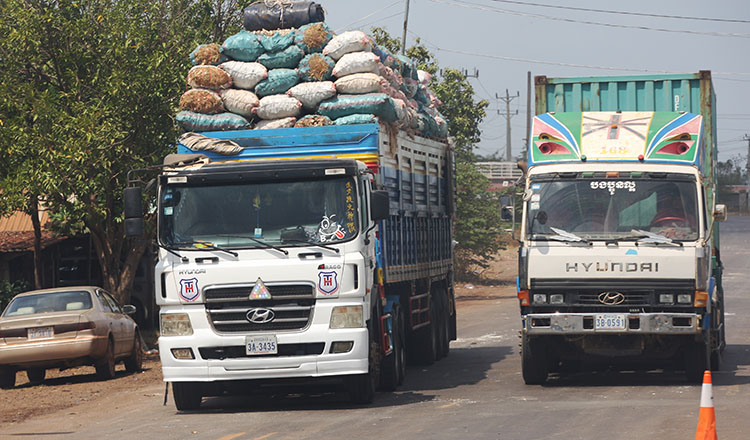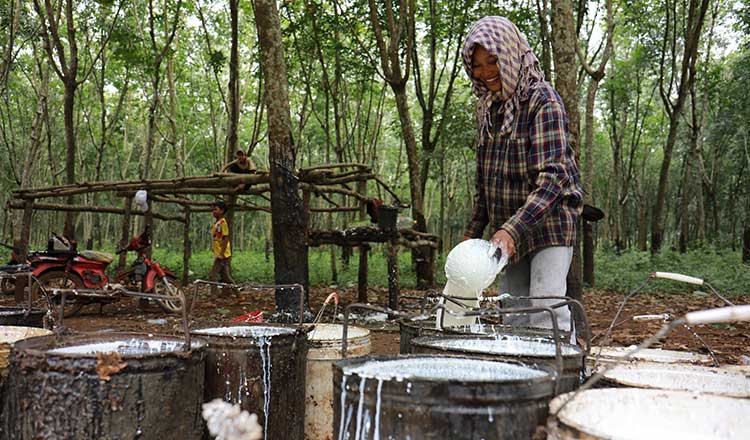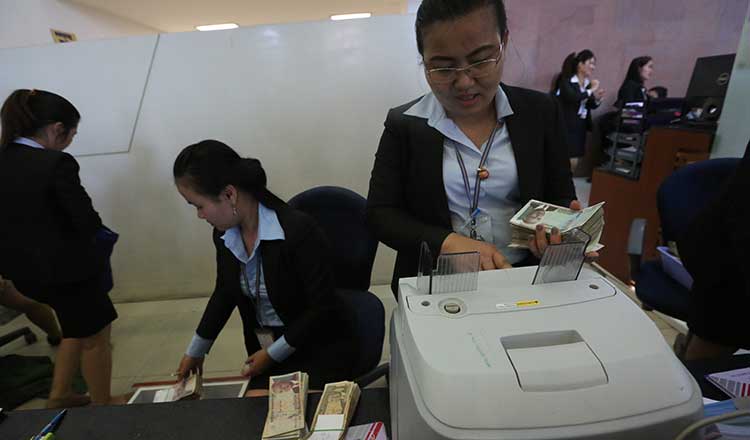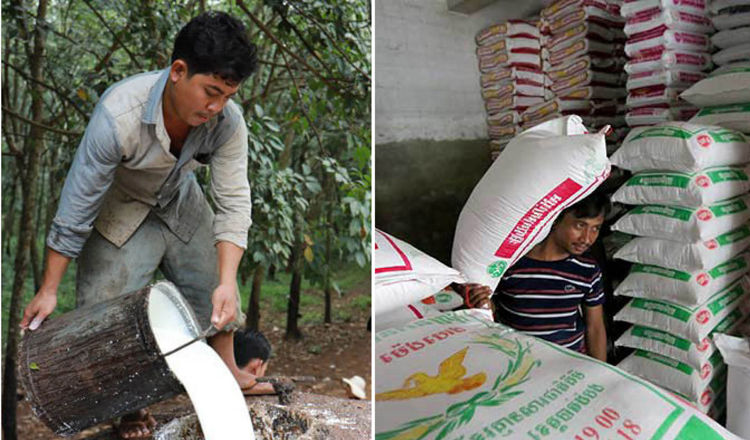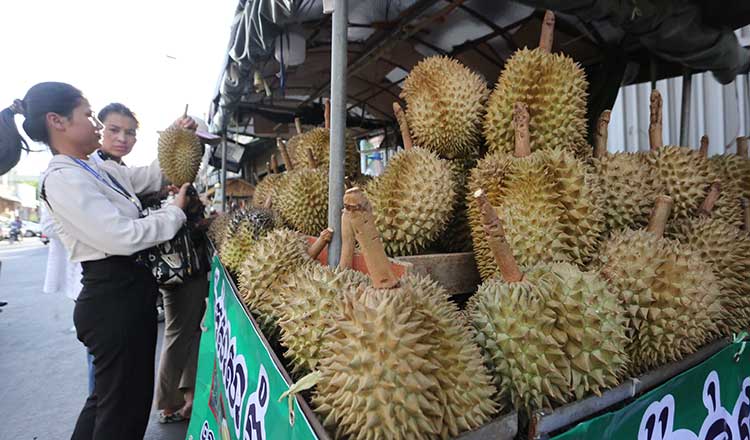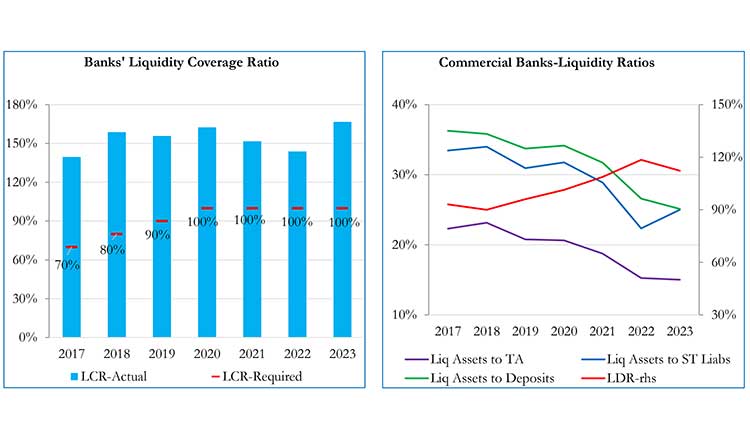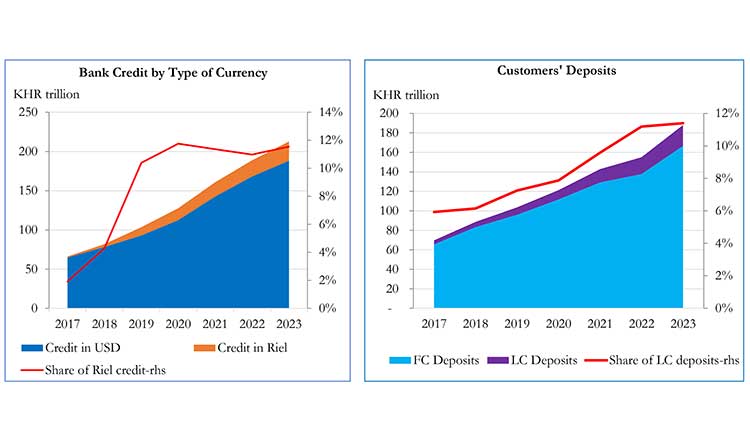FAO expects attractive prices to boost rice output in Cambodia
FAO expects attractive prices to boost rice output in Cambodia
World rice production is forecast to grow 0.9 percent from a year earlier to a record 534.9 million tonnes in the 2024/25 season, the Food and Agriculture Organisation of the United Nations (FAO) says.

In its World Food Outlook released in Rome Thursday, the FAO said Asia was expected to account for much of the increase, with the region’s overall harvest rising 0.6 percent to 478.9 million tonnes.
“Within the region, Bangladesh, India, and the Philippines are all seen gathering record crops on the back of improved growing conditions and strong government support,” the biannual report said.
“Nevertheless, area expansions in response to attractive prices are also anticipated to bolster production in Cambodia, Nepal, and Pakistan.”
With better yields, the FAO expects mainland China’s rice-growing area to expand after three years of cutbacks. Production is also expected to recover in Iraq, Iran and Türkiye.
Elsewhere in Asia, the outlook is less positive.
“In Thailand, prospects of a full upturn are tempered by possible planting delays stemming from early season dryness, as well as uncertainties surrounding announced reforms to government support programmes,” the FAO said.
Smaller crops are expected in South Korea, Myanmar, Malaysia, Timor-Leste and Vietnam and especially Indonesia — where crops have been hit by unseasonable dryness associated with El Niño conditions.
EXPORT PROSPECTS ‘POSITIVE’ FOR CAMBODIA
For Southeast Asian exporters, prospects are “downcast” for Vietnam and “below potential” for Myanmar, although Thailand “could remain close to the strong 2023 level,” the FAO said.
“Export prospects are also positive for Cambodia, owing to strong cross-border demand from Vietnam for domestic consumption and re-export,” it said.
The FAO expects Cambodia’s rice production to rise 1.8 percent to 7.9 million tonnes this year, making it the world’s tenth-biggest producer after overtaking Brazil and Japan last year.
Mainland China is forecast to be the largest producer this season, followed by India, Bangladesh, Indonesia, Vietnam, Thailand, Myanmar, the Philippines, and Pakistan.



